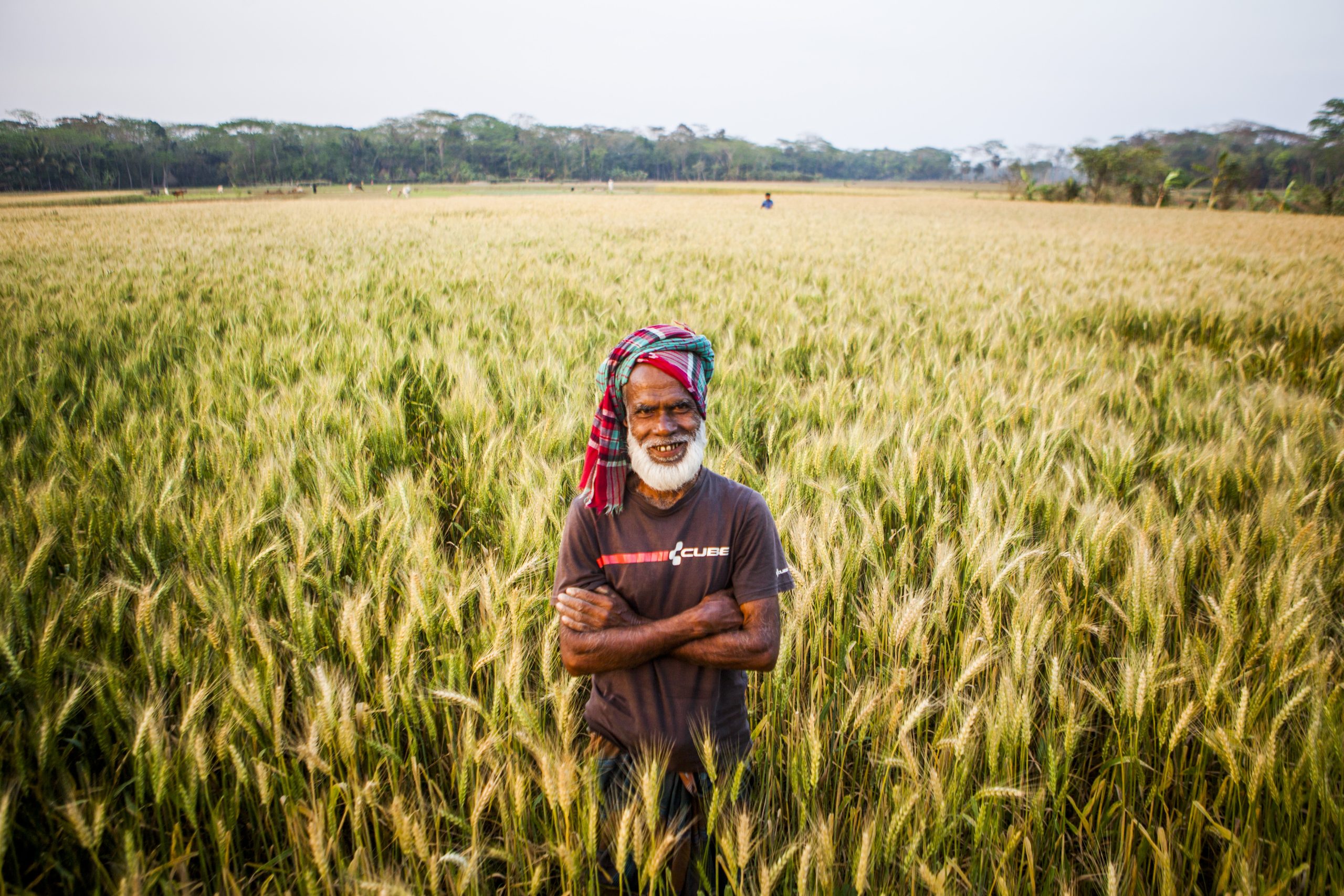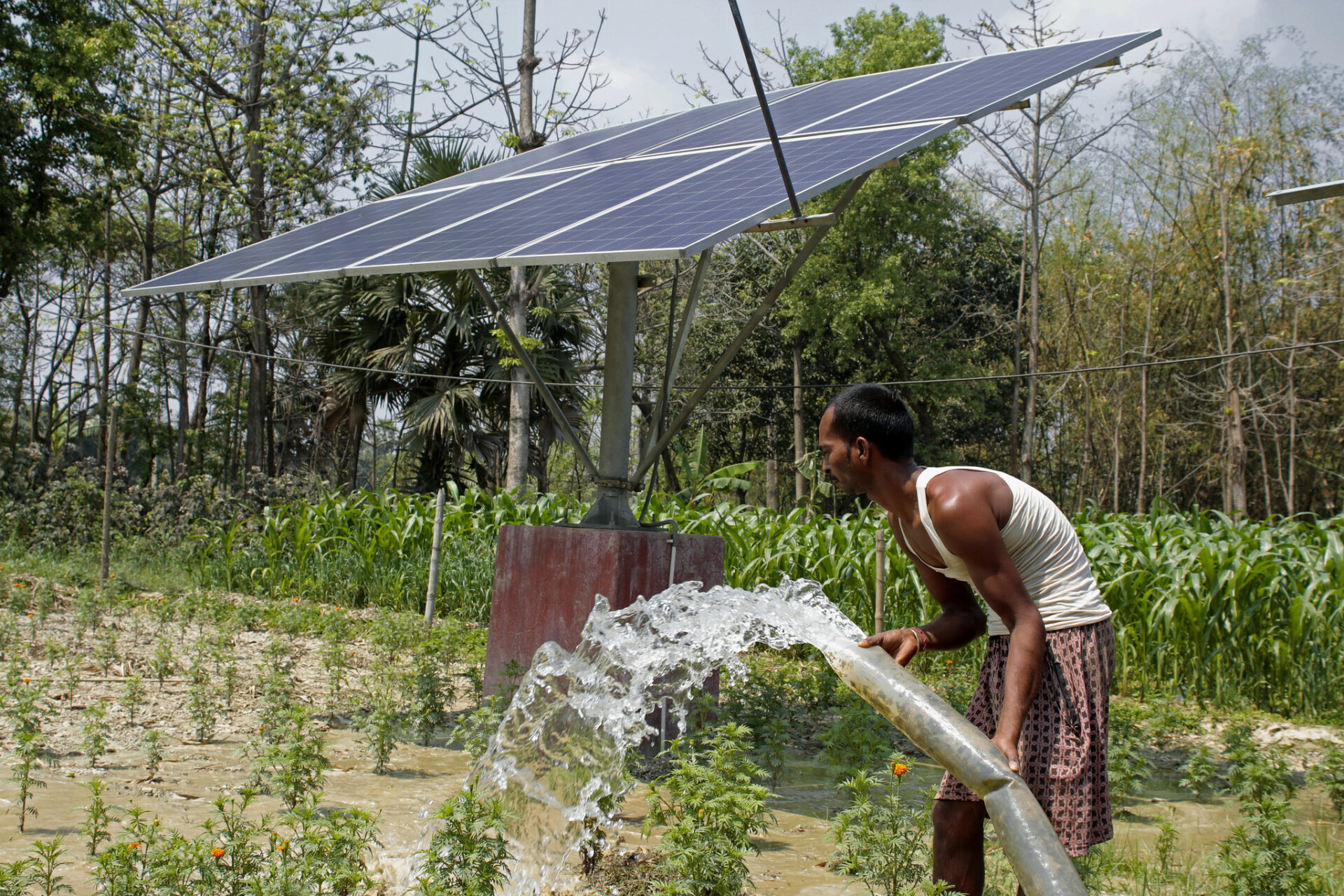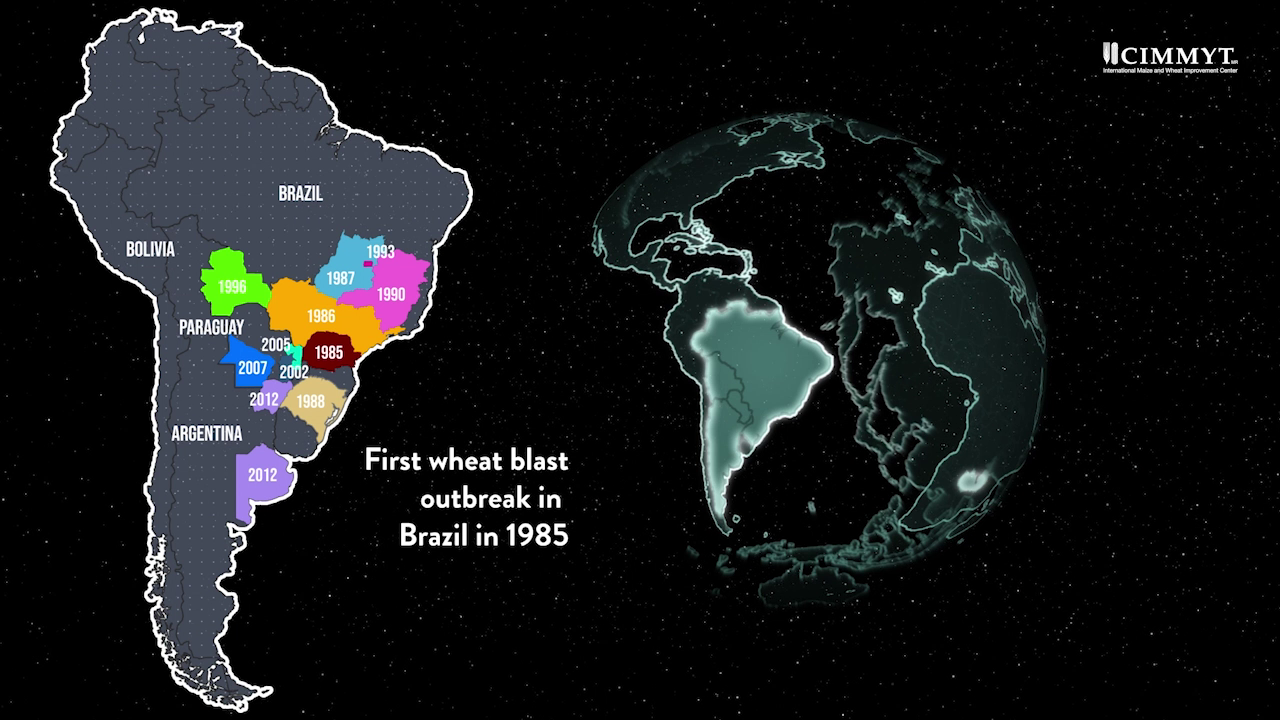Agriculture is central to South Asian economies, lives and livelihoods. However, the challenges of an increasing population and brisk economic growth are straining the agriculture sector as it struggles to meet the present and future demand for food, nutritional security, and economic development. Not only this, the three Cs – COVID, climate change and conflict – are fueling the growing fragility in food systems across the world.
To address these issues and find potential solutions, the Borlaug Institute for South Asia (BISA) organized a high-level meeting with top agriculture ministry officials from its neighboring countries – Sri Lanka, Nepal, Bangladesh, Bhutan, India and Pakistan – to collaborate and learn from each other.
BISA’s outreach to India’s neighbors in South Asia has already produced results. Data from the BISA farm in Ludhiana, India, on resistance to yellow rust that affects wheat crop has been used in Nepal, Afghanistan, and Pakistan. Genomic prediction evaluation for grain yield and other traits worked on at BISA through the help of the Global Wheat Program of the International Maize and Wheat Improvement Center (CIMMYT) has been extended to Pakistan, Bangladesh, and Nepal since 2020. Regular training is organized for students, scientists and farmers in India on breeding and climate resistant technologies, and BISA scientists organize courses in Nepal on climate-smart technologies.
Read more in Amar Ujala (published in Hindi): Can agriculture bring South Asian countries together?
Cover photo: Tara Miah (50) is a farmer from Rajguru in Rahamanbari union, Barisal, Bangladesh. He used seeder fertilizer drills to plant wheat on his fields. Previously, this was done manually. SFD has resulted in a better harvest for Miah. (Credit: Ranak Martin)


 Nutrition, health and food security
Nutrition, health and food security 